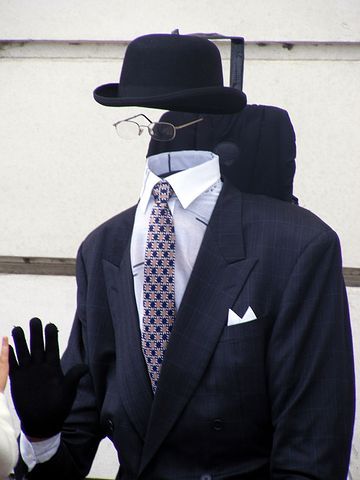
Leafhopper insects sweat out microparticles that not only repel water, but also the wavelengths of light falling on them, which could be used in the quest to develop an invisibility cloak.
Key to developing such a cloak is finding a way to absorb light so that it hides the object being viewed, and that's exactly how the leafhopper is able to evade predators, according to a new study published in the journal Nature Communications.
In the study, researchers from Pennsylvania State University in the United States have created synthetic materials that mimic these microparticles, called brochosomes, by using nanoscale holes to absorb light from all directions across a wide range of frequencies.
Brochosomes are like tiny soccer balls, but have proved very challenging for scientists to recreate with artificial materials, until now. Using a complex electrochemical process, the researchers have produced similar microparticles able to capture up to 99 percent of light, from ultraviolet through visible and close to infrared.
Although physicists believe that an invisibility cloak is impossible, as an antireflective coating the synthetic brochosomes could help to reduce signal noise in sensors and cameras, improve the capabilities of telescopes, and help solar panels to capture light more efficiently.
To find out more go to https://www.nature.com/articles/s41467-017-01404-8.
To read more of my writings check out my website at https://gluons2galaxies.com.